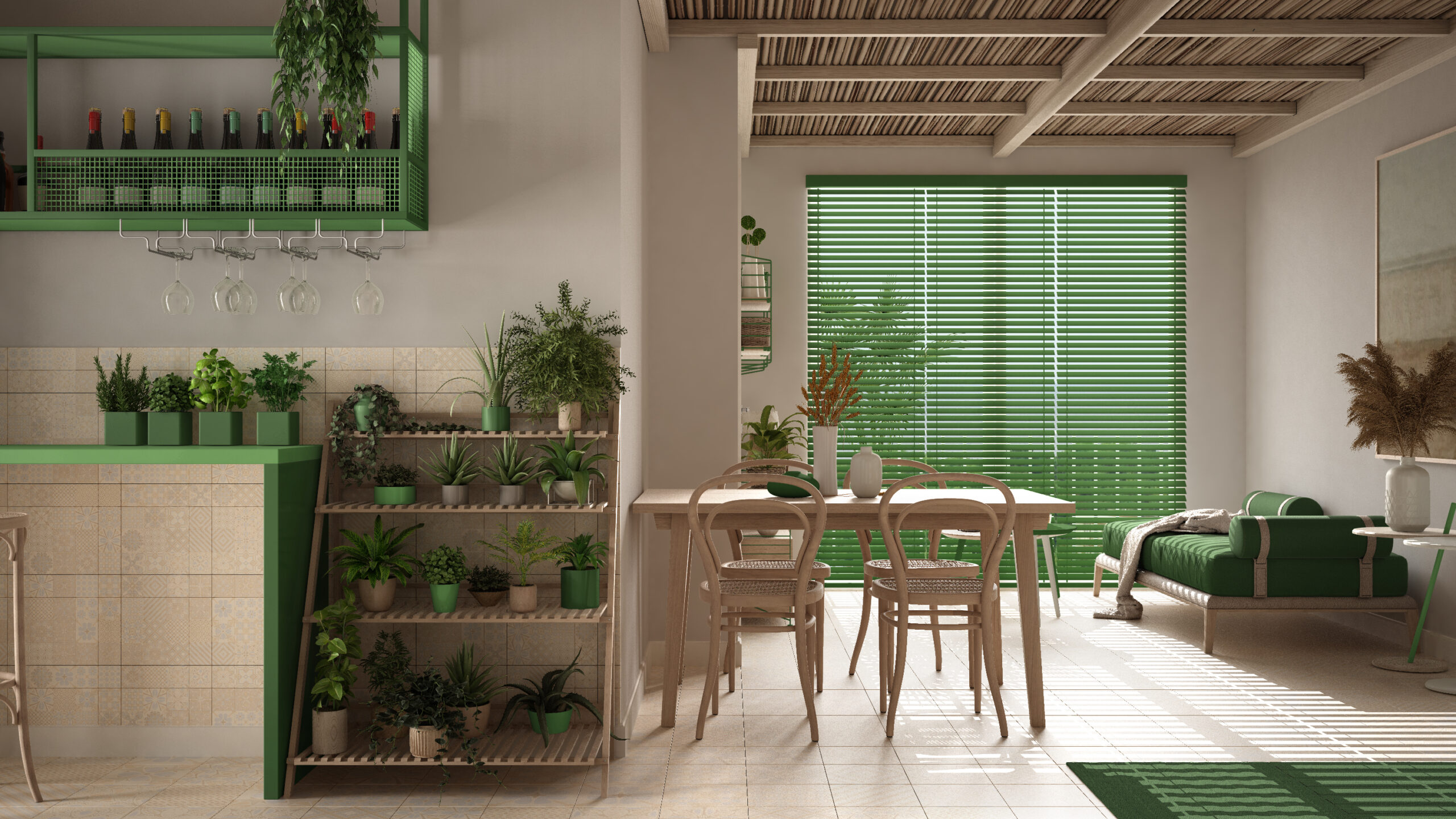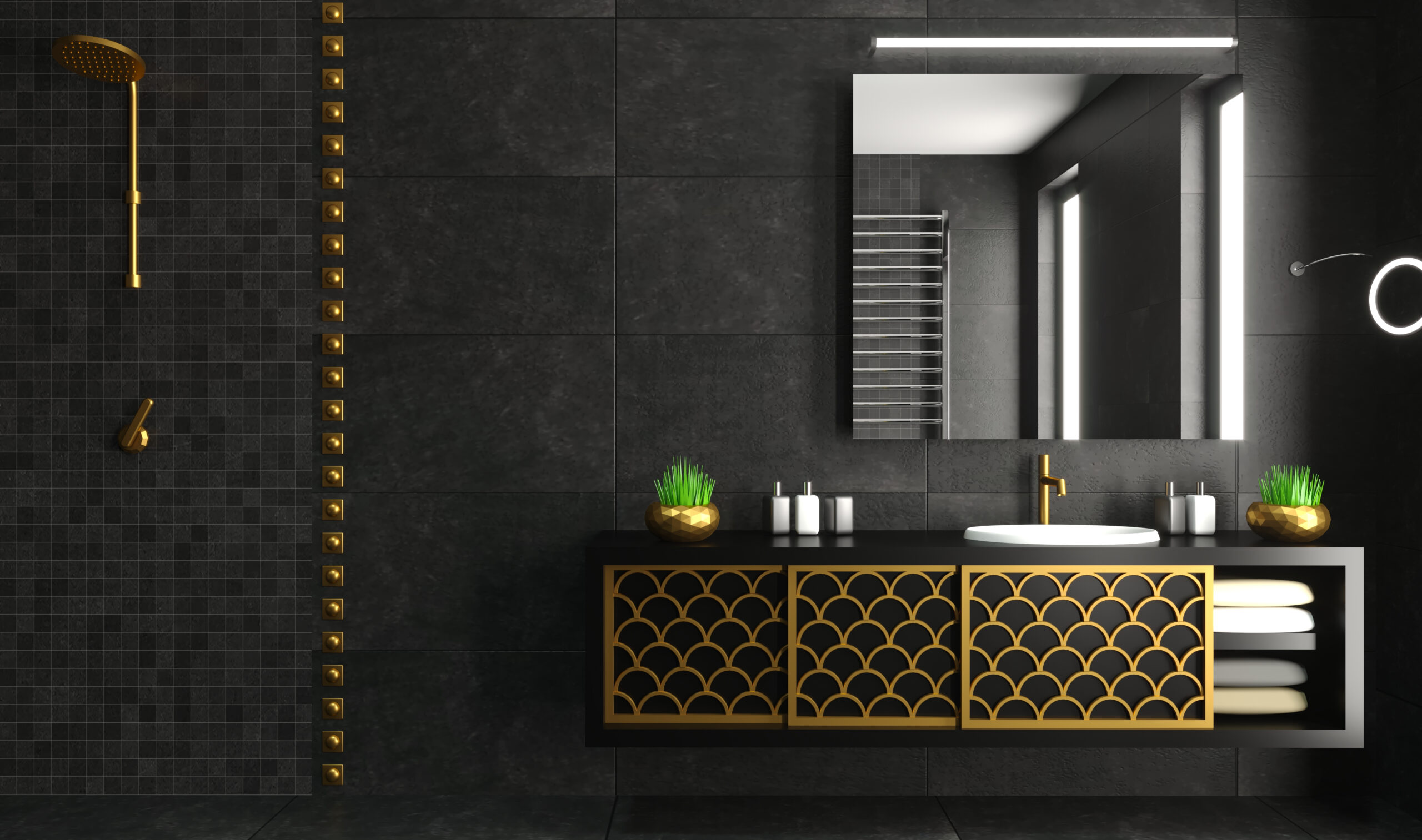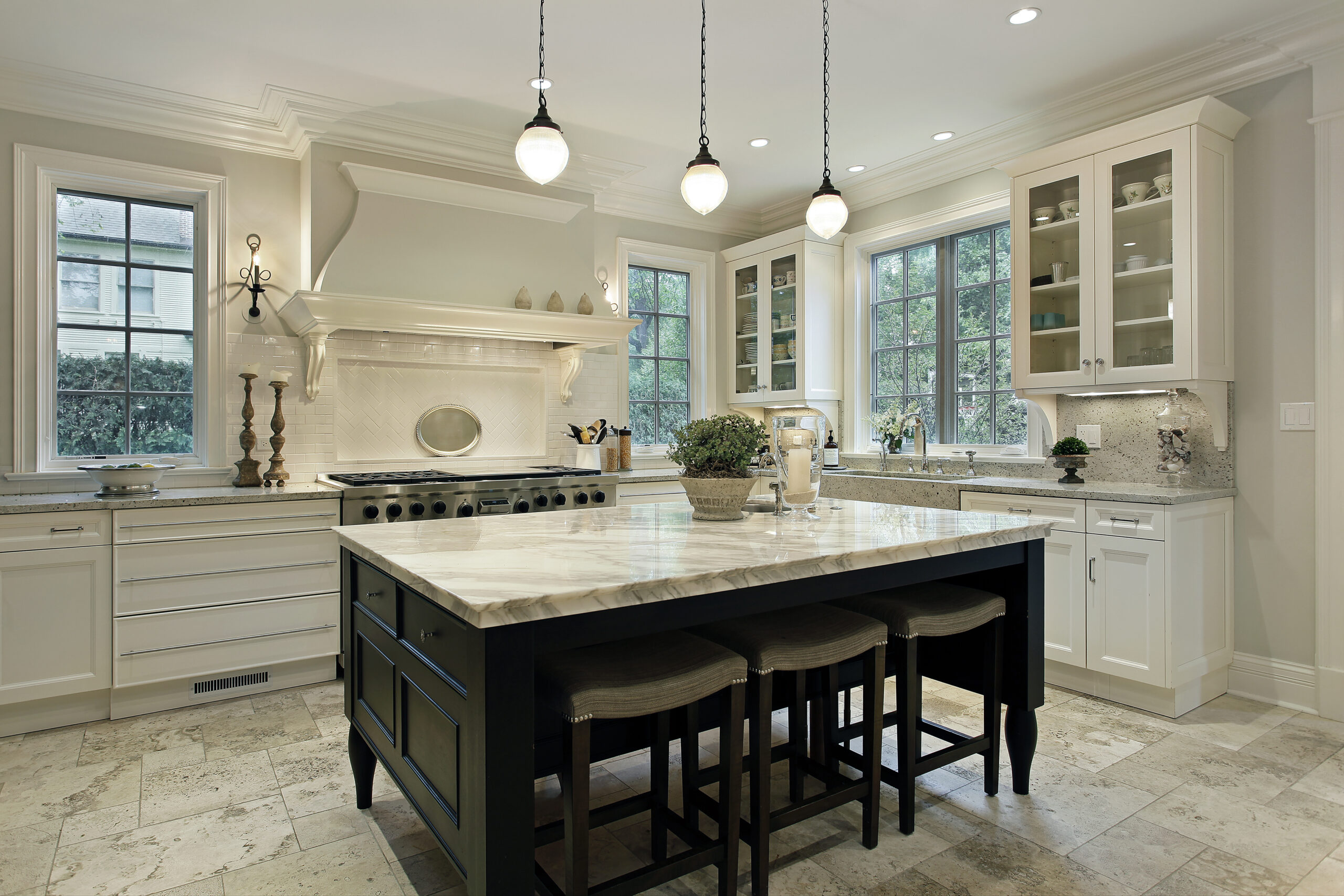Designing the interior of your home is essential for your
well-being, and the floor tiles you choose for your spaces are crucial, given
that a good part of your home is usually covered in floor tiles.
With so many floor tile options available on the market, you
may not know exactly what type to use for your current or future home. In the
following, we will offer you the most relevant tips to help you choose the
ideal type of floor tiles for your interior design plans.
Certainly, as you may have already guessed, the type of
floor tiles we choose depends on the room in which we want to install them, as
well as on their color, texture, or size. If you are not familiar with interior
design, it is very likely that you do not know what to think first when it
comes to choosing floor tiles. Moreover, the generous offers on the market may
seem overwhelming to you.
It is important to understand that interior floor tiles can
be divided into various types, depending on the material they are made of, as
well as on the manufacturing process and their hardness. For this reason, it is
extremely important to pay attention to the materials we use and to make sure
that they are the most suitable for our home.
Porcelain floor tiles are ideal for both exterior and
interior use, especially due to the manufacturing process. Porcelain floor tiles
are extremely resistant, whether we are talking about residential or commercial
spaces. Porcelain floor tiles are ideal for those who prefer a look close to
natural materials, such as wood.
Most people choose floor tiles based on several factors,
such as their color, texture, decoration, or shine. It is important to
understand, however, that there are two types of floor tiles:
·
Interior floor tiles
·
Porcelain interior floor tiles: unglazed
– colored in ceramic mass and without the glaze layer, and glazed floor tiles.
Many people avoid installing porcelain floor tiles in interior spaces because
they believe that porcelain floor tiles are only suitable for exterior spaces.
However, they can be installed both inside and outside, as long as you know how
to do it.
Indoor Floor Tiles for the Hallway
When you want to install floor tiles in the hallway, it’s
extremely important to consider its dimensions and shape. Hallways are often
neglected when it comes to tiling and renovations in general, and this can
often lead to discrepancies between the design of the hallway and that of the
other rooms in the house.
Generally, ceramic tiles such as porcelain floor tiles are
recommended for the hallway due to their durability and ease of maintenance.
Depending on your budget and desired look for the hallway, you can choose tiles
with different patterns and designs. In entryway hallways, you will encounter
dirt and moisture, making porcelain floor tiles a perfect solution for these
spaces.
Using floor tiles provides practical and durable flooring
for hallways, as experts do not recommend using hardwood flooring in such
spaces, as it can be damaged quickly due to moisture.
Indoor Floor Tiles for the Living Room
Most of us do not think of using floor tiles in the living
room, but it is important to remember that tiles can bring a practical advantage
as well as a fresh look to the room. If you are concerned that your living room
may look like a kitchen if you use tiles, it’s good to know that there are
currently a variety of models that perfectly mimic the warm look of natural
solid wood or even that of real stone.
Especially if you live in a warm and humid climate, having floor
tiles in the living room will provide more thermal comfort as the space will
feel cooler. Porcelain floor tiles will be pleasant to the touch, but they will
not retain heat as well as hardwood floors.
Other benefits of using floor tiles for living room flooring
include longevity, pet-friendliness, ease of cleaning stains (unlike carpets),
and practical maintenance, unlike other materials such as natural wood or
stone.
Anti-Slip Indoor Tiles
When it comes to the risk of slipping, it is important to
consider the coefficient of friction (anti-slip). The device measures the
dynamic friction coefficient between the sensor (sliding) and the surface being
examined, reproducing the situation of the heel at the moment it first comes
into contact with the surface on which it is to move and walk in a straight
line.
From experience, the following intervals of coefficient of
friction μ values have been obtained to assess surfaces in terms of friction:
● μ < 0.19 high risk of slipping (dangerous)
● 0.20 < μ < 0.39 relatively high risk of slipping
(below accepted safety limits)
● 0.40 < μ < 0.74 satisfactory friction (suitable for
normal use)
● μ > 0.75 excellent friction (suitable for areas with
special requirements)
Indoor Floor Tiles for High Traffic Areas
One of the most important characteristics of floor tiles is
hardness, measured on the Moh’s scale. Since each space in the house has its
own particularities, it is important to choose a material that suits the needs
of the room.
Thus, according to the evaluations of the Porcelain Enamel
Institute, there are five classes of hardness:
● Class I: No foot traffic. Suitable for wall applications
only.
● Class II: Light foot traffic or interior walls. Suitable
in areas where traffic is made with soft shoes, without dirt. For example,
bathrooms and bedrooms without exterior access.
● Class III: Light to moderate foot traffic, as well as
countertops and walls. Suitable for spaces with normal traffic and few sources
of scratches. Suitable in all rooms of the house, except for kitchens,
entrances, and other high-traffic areas.
● Class IV: Moderate to heavy foot traffic. Can be installed
in all areas of the house, including kitchens, hallways, entrances. These are
the best floor tiles to use as they combine beauty and functionality perfectly.
● Class V: Heavy to extra heavy foot traffic, as well as
exposure to scratches.
CESAROM offers a vast selection of floor tiles for both
interior and exterior spaces. Our collection can be viewed here.





